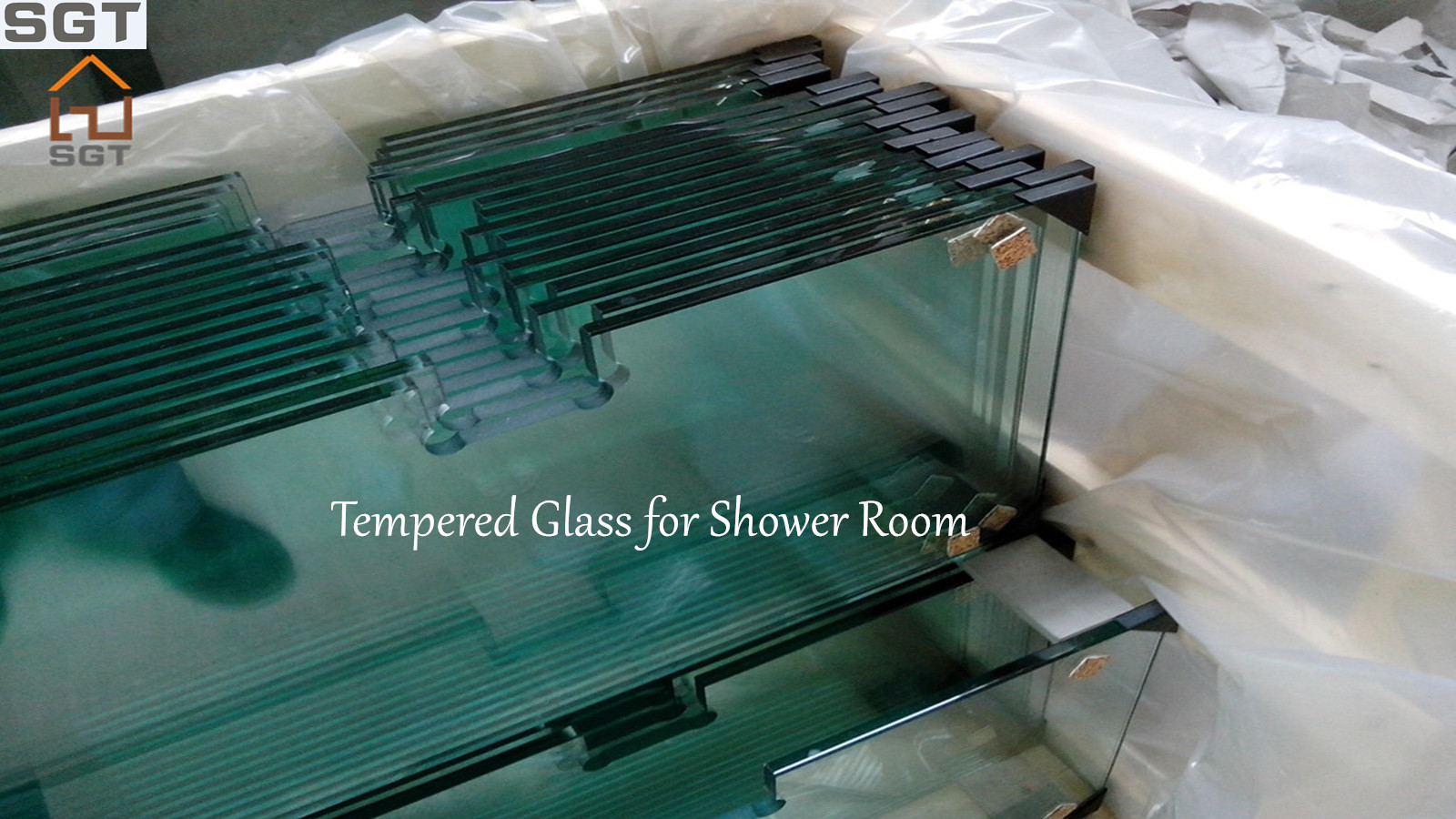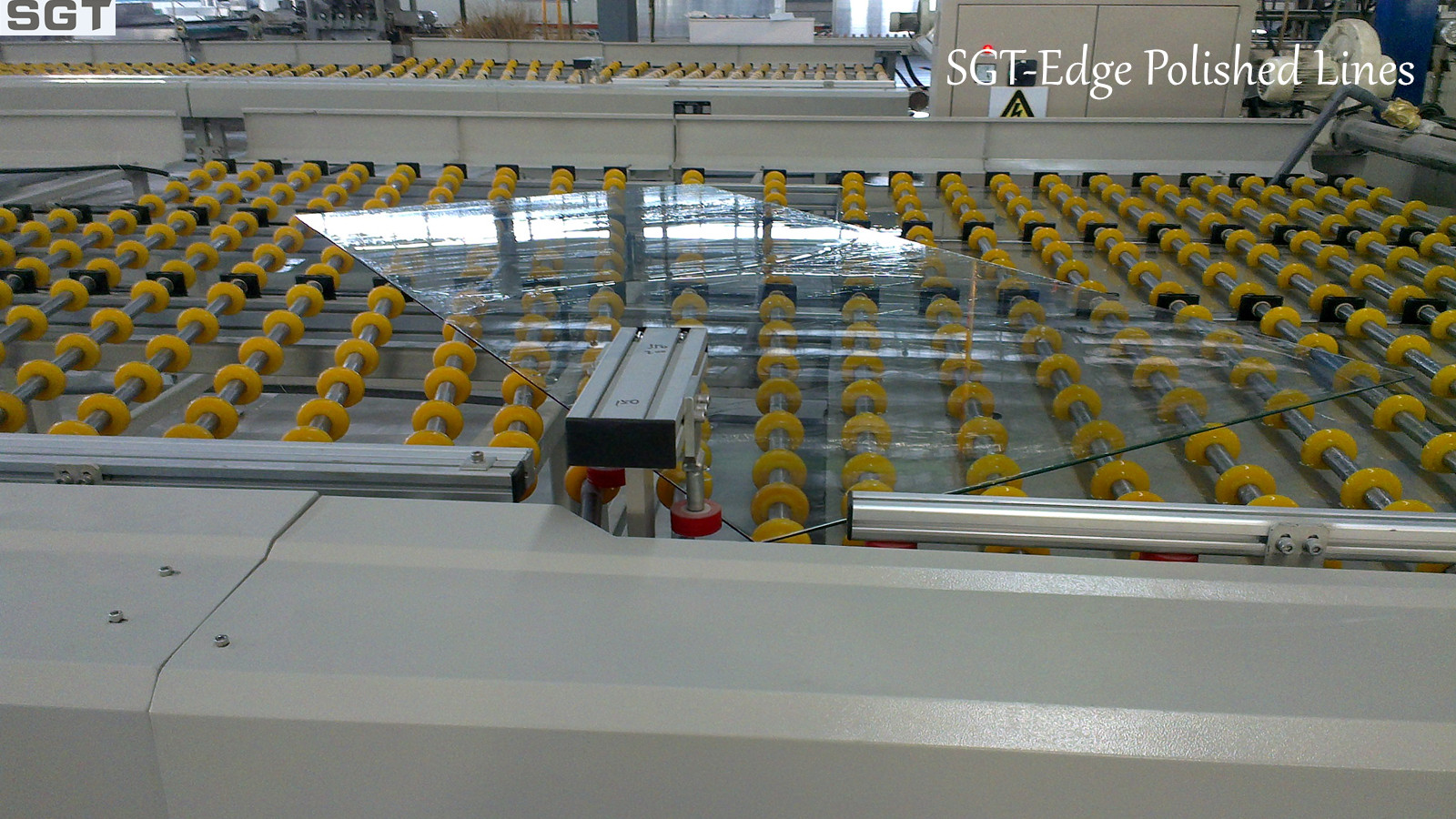Properties:
Toughened glass is physically and thermally stronger than regular glass. The greater contraction of the inner layer during manufacturing induces compressive stresses in the surface of the glass balanced by tensile stresses in the body of the glass. For glass to be considered toughened, this compressive stress on the surface of the glass should be a minimum of 69 megapascals (10,000 psi). For it to be considered safety glass, the surface compressive stress should exceed 100 megapascals (15,000 psi). The greater the surface stress, the smaller the glass particles will be when broken.[citation needed]
It is this compressive stress that gives the toughened glass increased strength. This is because any surface flaws tend to be pressed closed by the retained compressive forces, while the core layer remains relatively free of the defects which could cause a crack to begin.
Any cutting or grinding must be done prior to tempering. Cutting, grinding, and sharp impacts after tempering will cause the glass to fracture.
SGT introduced 6 tempered glass production lines of different specifications from TAMGLASS and GLASSROBOTS in Finland and famous manufacturers in China. Among them, the newest and the most advanced forced convection type/radiation heating type FTM toughening furnace which was introduced from GLASSROBOTS in Finland to manufacture Low-E glass conductively heats glass through hot air convection, evenly heat the inner and outer surfaces of the glass until their temperatures reach tempering temperature in a short time (if the heating speed is increased significantly, the heating duration can be reduced by 30%). It helps to overcome the difficulties with steel processing caused by coated glass¡¯s reflection of heat radiation, ensure coated glass keeps its good flatness in the process of heating steel, as well as reduce surface quality problems such as film damage, trace of roller and hard spots caused by relative long-time heating during the production of common toughening furnaces. Therefore, tempered glass produced by it enjoys better optical quality.
Availability
¡ô Product thickness: 3mm-22mm
¡ô Minimum size: 300mm©~300mm
¡ô Maximum size: 3200mm©~12000mm
¡ñ Product Certification
¡ô National compulsory 3C certification
¡ô Australia AS/NZS 2208 certification
¡ô U.K. BS6206 certification
¡ô U.S. ANSI Z97.1 certification
¡ô SGCC certification
¡ô Japan JIS certification




